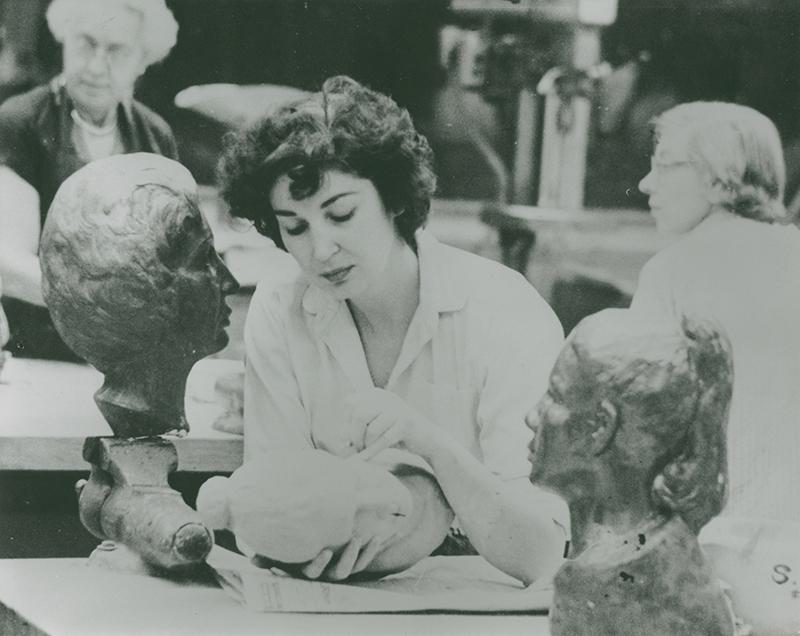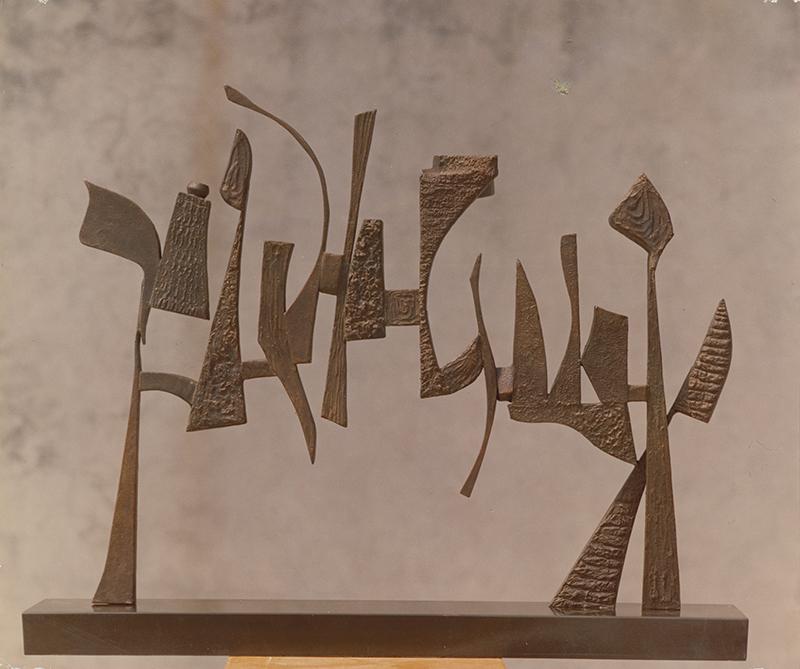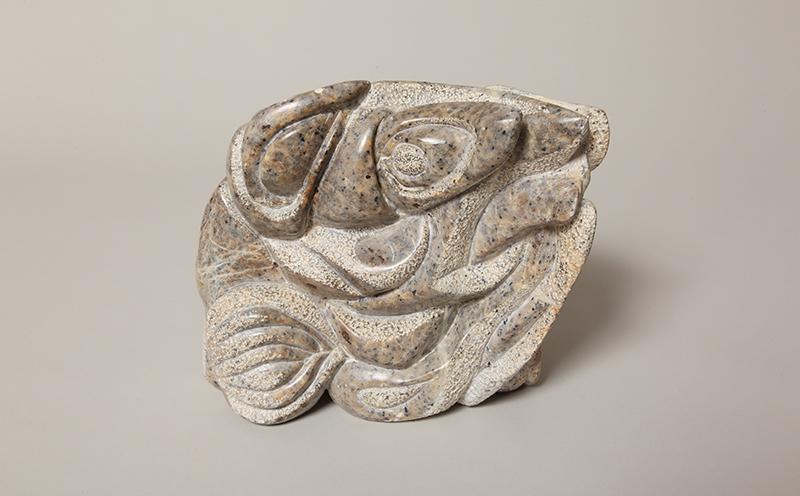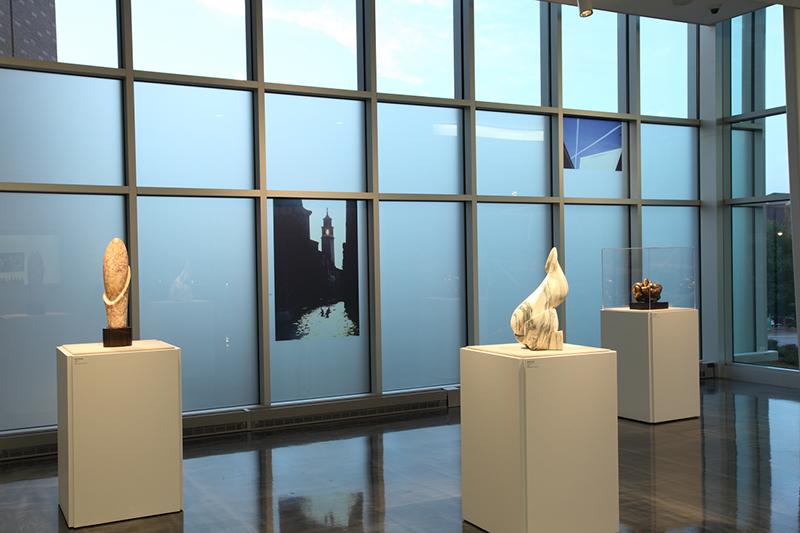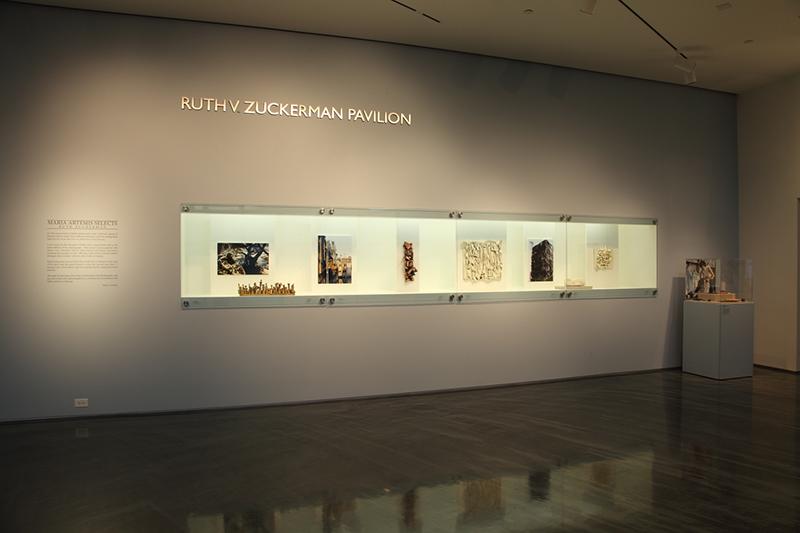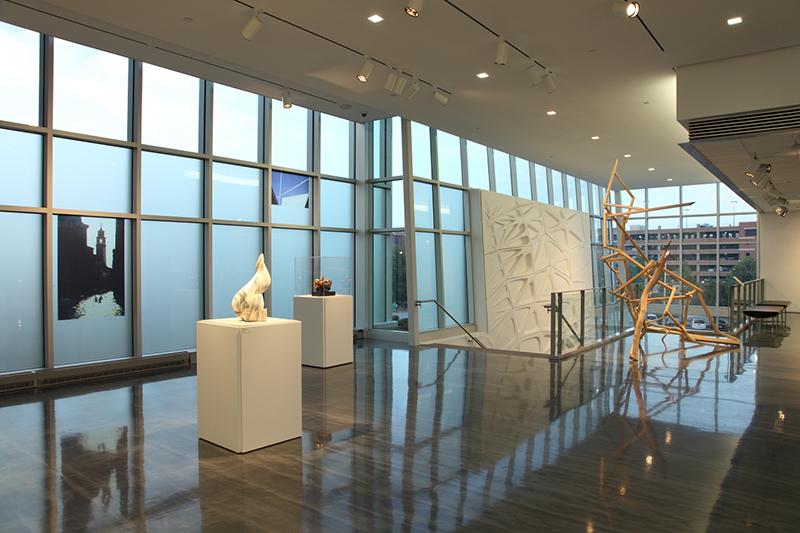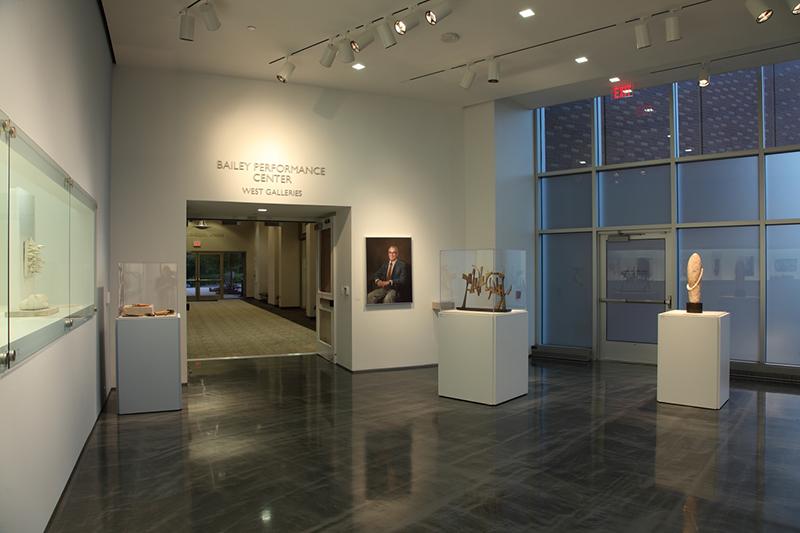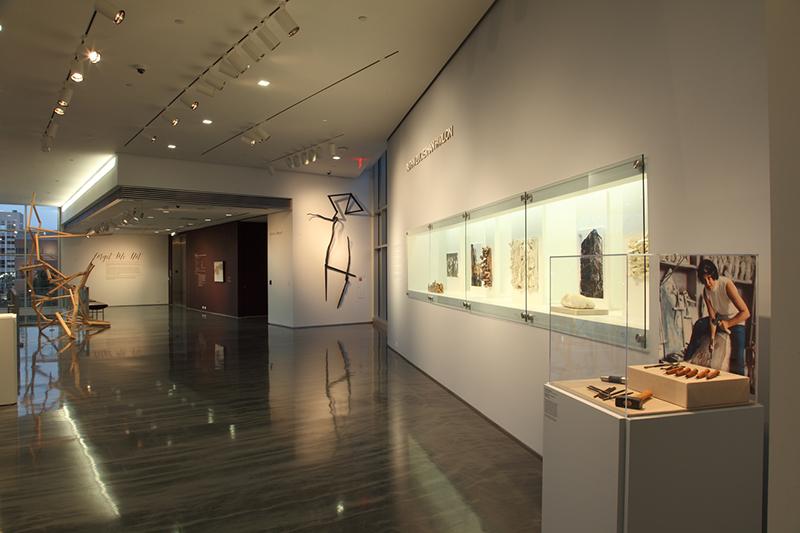About The Collection
Gifted to the Museum by Bernard A. Zuckerman in 1999 to commemorate his late wife, this collection surveys 40 years of Ruth Zuckerman's work from 1953 to 1993. Objects include significant sculptures in stone and bronze, photography, paintings, plaster maquettes, and the artist’s personal archives.
The Ruth V. Zuckerman Papers are held by the KSU Archives. For more information about the Ruth V. Zuckerman Papers collection, please contact Helen Thomas, Outreach Archivist, at (470) 578-6535.
Ruth V. Zuckerman is best known for her fluid, figurative sculptures, based on universal themes of family, love, and protection. Insieme III, considered the artist’s masterwork, is currently on view in the Ruth V. Zuckerman Pavilion at the Zuckerman Museum of Art. The sculpture is part the Museum's inaugural exhibition, From Earth and Fire. The show includes several more of her works in stone, as well as some of her bronze pieces from the KSU permanent collection.
A special commemorative catalogue on this collection is available for purchase at the Museum's reception desk for $10. Please email zma@kennesaw.edu for details.














